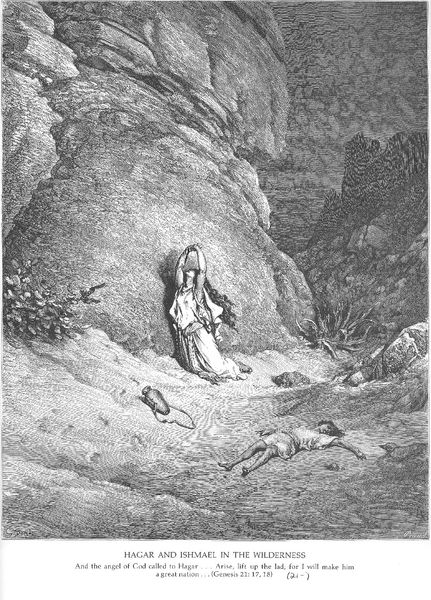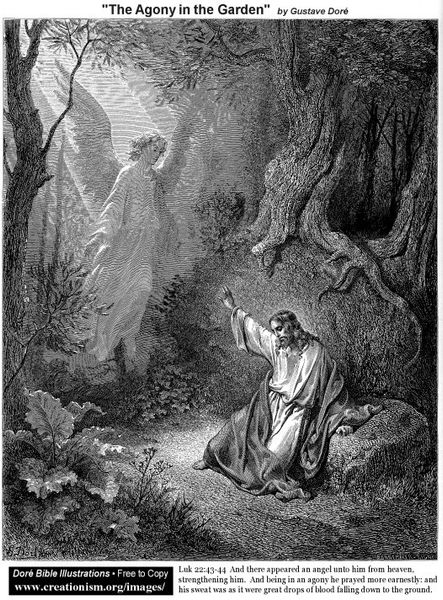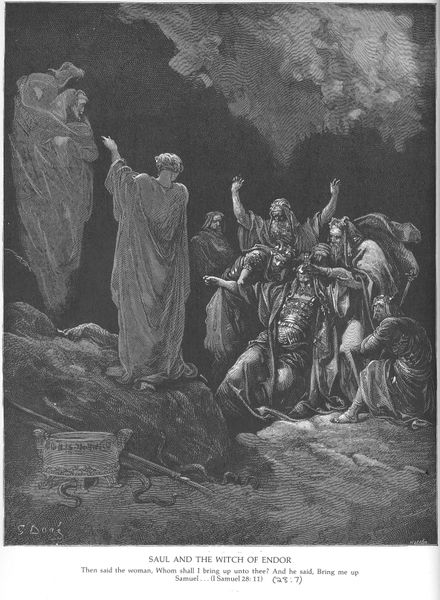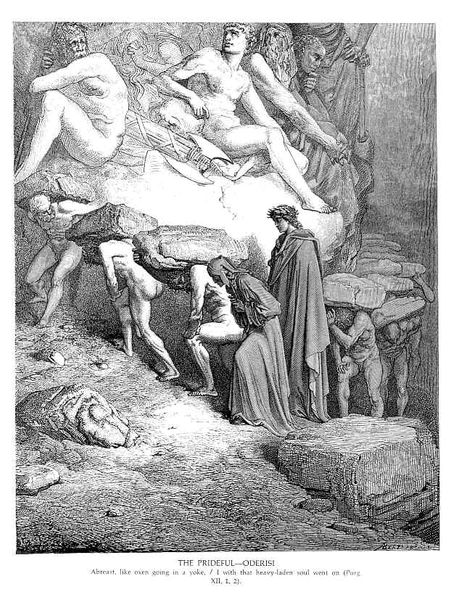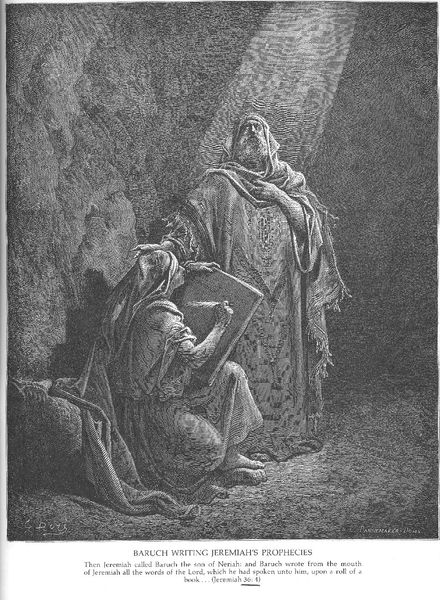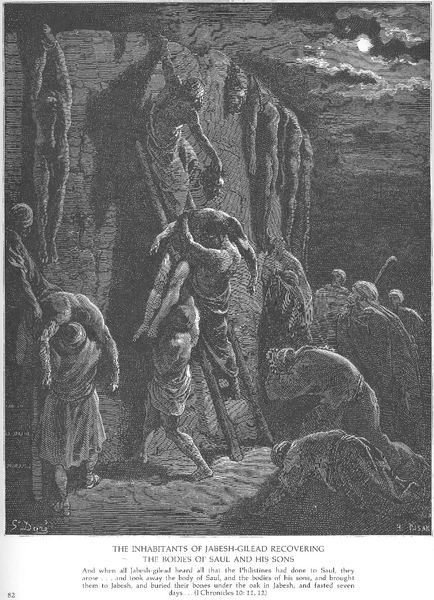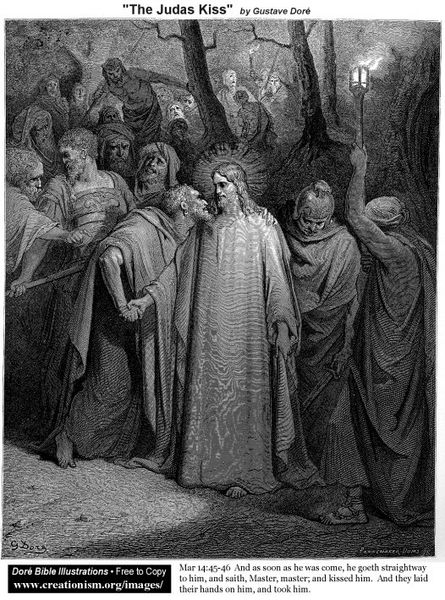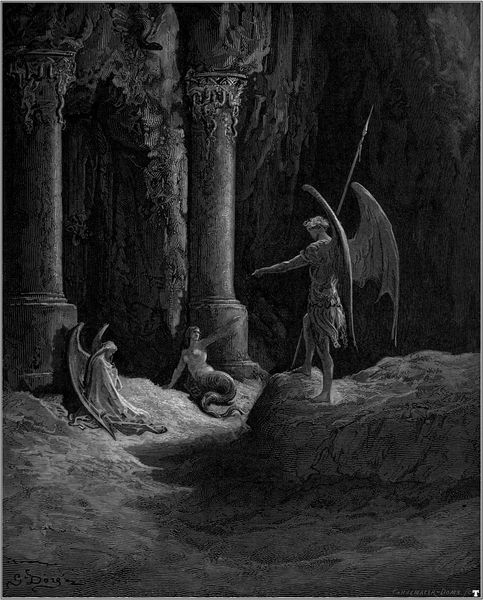
Copyright: Public domain
Gustave Doré made this evocative print, “Daniel in the Den of Lions,” using wood engraving, a process that was, by the mid-19th century, a mainstay of mass media. Doré didn’t actually carve the block himself; highly skilled artisans would have done that. The method involves cutting into the end-grain of a block of wood, a dense surface that allows for extremely fine detail. Note the incredibly varied textures: the furry manes of the lions, the soft folds of Daniel’s robe, the jagged rocks of the den, all rendered in stark black and white. The image’s drama stems from this contrast and the sheer amount of labor involved. Wood engraving was crucial for disseminating imagery widely but often goes unacknowledged as a process. Considering it allows us to appreciate not only Doré’s artistry but also the skilled labor that brought his vision to the masses, challenging our notions of artistic value and production.
Comments
No comments
Be the first to comment and join the conversation on the ultimate creative platform.




